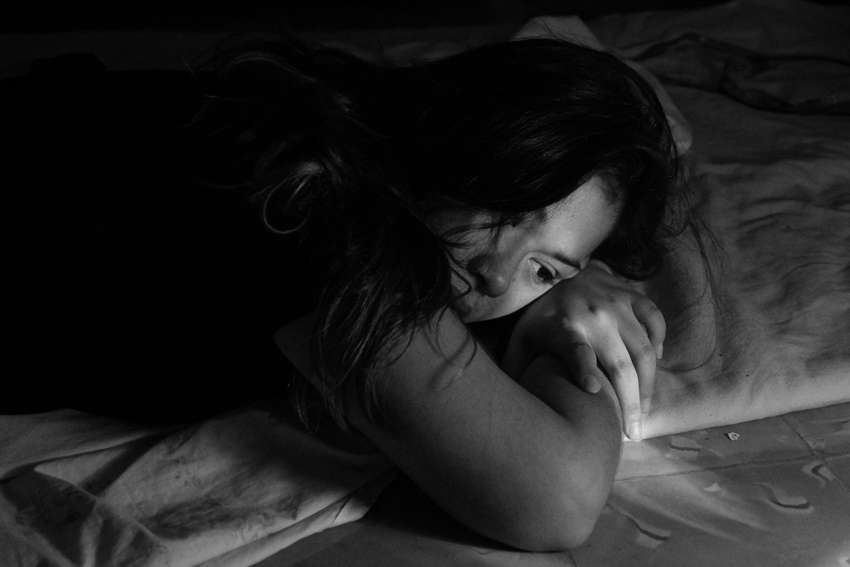A recently divorced friend announced his new relationship online and was met with great enthusiasm. “We’re so happy you found each other,” was one Facebook reply. The photo was the usual curated image of perfect (stylish) joy. Yet in spite of myself, my mind always wanders to picture the unpictured. The former spouse. The kids. And even friends, those who have likely lost contact with one half of the former partnership. Inevitably then, these photos evoke sadness and an unwillingness to click the “like” button. Am I the Grinch come to take the Christmas presents, or is this a more widespread response than we allow ourselves to acknowledge?
Divorce has undergone a transformation in recent history. Before no-fault divorce, marriage was “til death do we part” in more than just words: some Canadian provinces required an Act of Parliament to divorce. No-fault divorce laws first liberalized divorce in 1968, and further changes in 1986 made obtaining divorce even faster. At both points, the number of divorces jumped, indicating a pent up demand.
All divorce, to state the obvious, starts with marriage. The increasing desire for divorce reflected then, as today, shifting attitudes toward marriage. The former definition of marriage — that it was a public institution, a social good and the cornerstone for other aspects of the good life — meant it could not be so easily dissolved. Today’s definition of marriage — that it is a sign of love and companionship — is a different story. When marriage is redefined as primarily romantic, it appears to make little sense to constrain people to loveless marriages. This is where we live.
Following this, something of a consensus emerged that if divorce is good for the adults, then it is likewise good for the children. The need for divorce, and even the goodness of it, has been amplified with a high volume of stories — typically about women — finding their true selves through divorce.
Before we go too much further, it’s worth noting that no one outside the two spouses themselves knows what happened to lead to marital demise, and sometimes not even that much is true. So there can be no judgment. However, scholarship suggests happiness after divorce isn’t the routine outcome. Further, divorce often opens the door to poverty. Rob Carrick, a Globe and Mail financial writer, advised in a 2022 column that one of the best ways to plan for retirement is to work on your marriage.
For children, divorce in a low conflict marriage correlates with poor outcomes — increased risk of dropping out of school, crime and teen pregnancy. The title of a 2005 book says a lot about how children in divorce may feel: they live Between Two Worlds. Parents, as the author Elizabeth Marquardt points out, are a plural singular. “A child knows that his married parents are two separate people, of course, but quite often he thinks of them as a unit, especially when he is young.”
The loss of divorce is not mine to own. It was not my relationship, these were not my kids, I was not the spouse expecting to live out my days with someone, instead surprised by divorce. True. But much changes even for the friends and extended family of those divorcing. When the marriage was long and appears at least to the outside eye to be happy, one mourns those memories. In listening to the kids, others may hear stories the parents do not: “It’s just hard not to have both my parents in the house,” one child simply said.
Divorce today is both free and costly: available to all with relative ease, yet each of us loses something, starting with the spouses themselves and moving outward. When someone dies, we wouldn’t gloss this over. Even as we largely accept and even celebrate the presence of divorce on the relationship landscape, it engenders loss and absence too. Remembering this does not make anyone into a Grinch.
(Mrozek is Senior Fellow at Cardus Family.)


